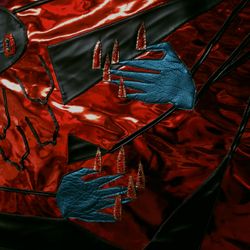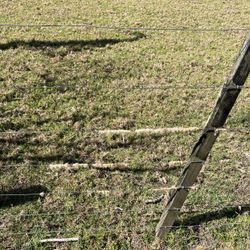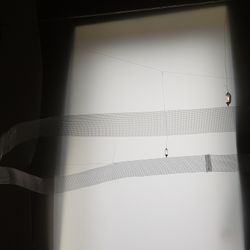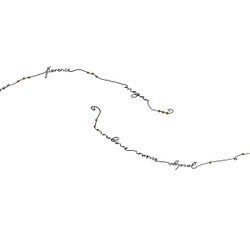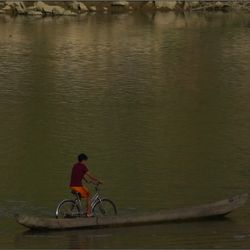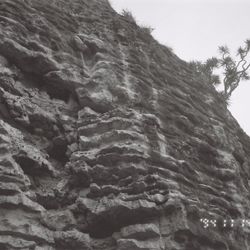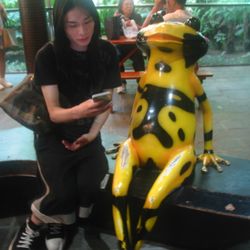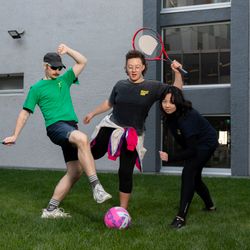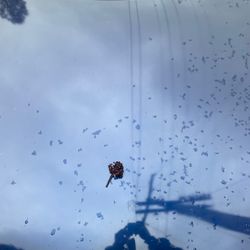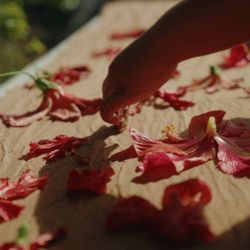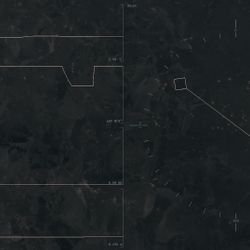The activities in the rooms may feel like training, or just pointless. Some of them are practiced by professional sports people, others are made up.
Past Exhibition
Wenerei 13 Hune -
Hātarei 7 Hūrae
Wednesday 13 June -
Saturday 7 July
2018
Image: Joshua Rutter and Oliver Connew, 'The psycho-physical clusterfuck of self as material', 2018.
Some years ago, Dave and I were doing some dance training on top of a carpark building in central Auckland. I think we were taking turns trying to tell stories with our feet. After about ten minutes a car pulled up beside us and a security guard leaned out the drivers-side window, “What you boys doing?”
Not able to think of anything else, I replied,
“Training.”
“Oh...” he sat back in his seat, nodding gently “...training.” He reflected on this a moment longer then fixed his eyes on mine. “Sweet. Have a good one.” and drove off.
No longer able to concentrate, we went for coffee.
The activities in the rooms may feel like training, or just pointless. Some of them are practiced by professional sports people, others are made up. Maybe it’s possible to get better at the actions by simply doing them, or maybe you’re just hastening the heat-death of the universe. There mightn’t be another place where you get the chance to try them out, unless you recreate them yourself. In all cases, the point is in the doing. Each activity invites reflection in action, offering the simple joys and frustrations of bodily play. Each presents a problem that can be met with to-hand skills almost unconsciously at a bodily level. This leaves the mind free to reflect, or become absorbed in detail.
Image: Joshua Rutter, Flesh Perspective, installation view, 2018.
Image: Joshua Rutter, Flesh Perspective, installation view, 2018.
Image: Joshua Rutter, 'Lean to', 2018.
Image: Joshua Rutter, 'Washer', 2018.
Image: Joshua Rutter, Flesh Perspective, 2018.
Image: Joshua Rutter, 'Till you don't stop', 2018.
Image: Joshua Rutter, 'Chaos Hats', 2018.
Image: Joshua Rutter, 'Chaos Hats' instructions, 2018.
Image: Joshua Rutter, 'Rehearsals', 2018.
Image: Joshua Rutter, 'Panel Beating', 2018.
Image: Joshua Rutter, 'Panel Beating' instructions, 2018.
Image: Joshua Rutter, Flesh Perspective, installation view, 2018.
Image: Joshua Rutter, 'Constructed Rest', 2018.
Image: Joshua Rutter, 'Constructed Rest' instructions, 2018.
Image: Joshua Rutter and Oliver Connew, 'The psycho-physical clusterfuck of self as material', 2018.
Image: Joshua Rutter and Oliver Connew, 'The psycho-physical clusterfuck of self as material', 2018.
Image: Joshua Rutter and Oliver Connew, 'The psycho-physical clusterfuck of self as material', 2018.
Image: Joshua Rutter, Flesh Perspective, installation view, 2018.
Image: Joshua Rutter, 'Walking at the Speed of Light', 2018.
Image: Joshua Rutter, 'Circle on Square in Box on Sphere', 2018.
Image: Joshua Rutter, Flesh Perspective, 2018.
Image: Joshua Rutter, Flesh Perspective, installation view, 2018.
Image: Joshua Rutter, Flesh Perspective, installation view, 2018.
Image: Joshua Rutter, 'Lean to', 2018.
Image: Joshua Rutter, 'Washer', 2018.
Image: Joshua Rutter, Flesh Perspective, 2018.
Image: Joshua Rutter, 'Till you don't stop', 2018.
Image: Joshua Rutter, 'Chaos Hats', 2018.
Image: Joshua Rutter, 'Chaos Hats' instructions, 2018.
Image: Joshua Rutter, 'Rehearsals', 2018.
Image: Joshua Rutter, 'Panel Beating', 2018.
Image: Joshua Rutter, 'Panel Beating' instructions, 2018.
Image: Joshua Rutter, Flesh Perspective, installation view, 2018.
Image: Joshua Rutter, 'Constructed Rest', 2018.
Image: Joshua Rutter, 'Constructed Rest' instructions, 2018.
Image: Joshua Rutter and Oliver Connew, 'The psycho-physical clusterfuck of self as material', 2018.
Image: Joshua Rutter and Oliver Connew, 'The psycho-physical clusterfuck of self as material', 2018.
Image: Joshua Rutter and Oliver Connew, 'The psycho-physical clusterfuck of self as material', 2018.
Image: Joshua Rutter, Flesh Perspective, installation view, 2018.
Image: Joshua Rutter, 'Walking at the Speed of Light', 2018.
Image: Joshua Rutter, 'Circle on Square in Box on Sphere', 2018.
Image: Joshua Rutter, Flesh Perspective, 2018.
Joshua Rutter is a freelance artist from NZ based in Berlin, Germany. He has performed in Europe, the Americas, Asia and Oceania. He has worked with notable international artists such as Min Tanaka, Tino Sehgal, Jerome Bel, Hans Van den Broeck, Kate McIntosh, Alicia Frankovich, Jochen Roller, and many NZ artists. Coming from a movement and dance background, his work tends to linger around the choreographic aspects of culture. He has recently completed his masters studies in Solo/Dance/Authorship at the Berlin University of the Arts. This study was made possible with a stipend from the DAAD.


